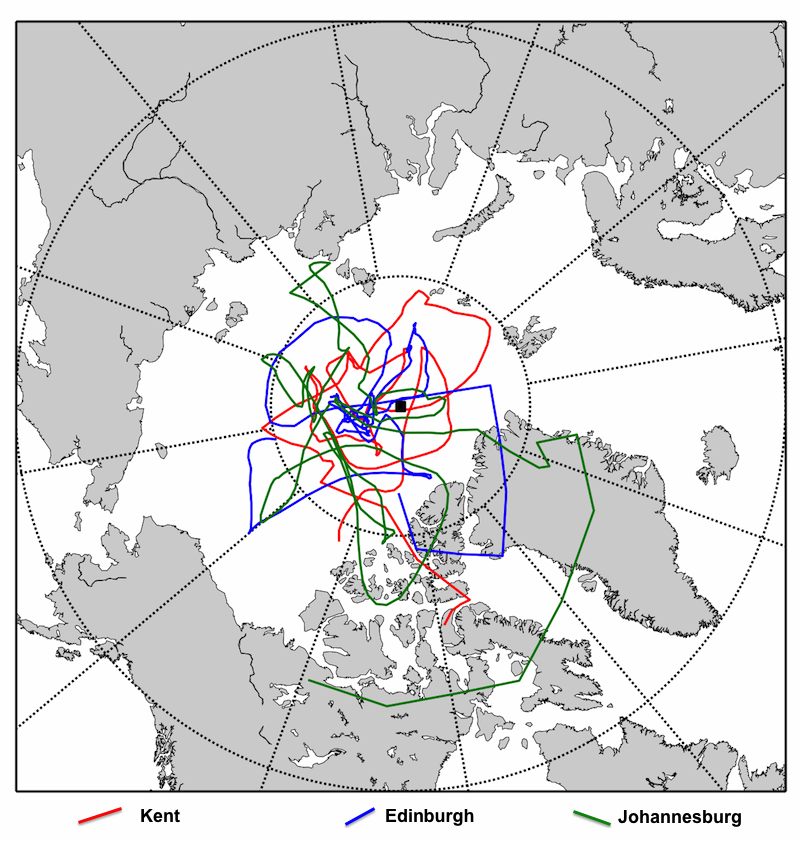Congratulations to Chenjian Fu for successful defending his MS thesis, ‘Global Paleomagnetic Data Analysis: Improved Methods of Reconstructing Plate Motions Using Paleomagnetic Data‘. Abstract Paleomagnetic Apparent Polar Wander Paths (APWPs) are the principal means of describing plate motions through most of Earth history. However, there are limitations to paleomagnetic data such as the poorly-constrained longitudes of paleo-plates and the degrading quality and density of paleomagnetic data with increasing age. Yet comparing the spatio-temporal patterns and trends of APWPs between different tectonic plates is important for…Continue Reading “Congratulations to Chenjian Fu for a successful MS thesis defense!”
One of the key themes in my early research career was trying to understand the magnetic signature of rocks where the primary remanence was not carried by iron oxides like magnetite, but instead iron sulphides, particularly greigite. Studies of sediment cores made it clear that it could form relatively early during diagenesis. But my PhD research in New Zealand showed it could also form very late in diagenesis – sometimes during tectonic events millions of years after the host rock had formed. Frustratingly, the combined…Continue Reading “New Paper – Signatures of Reductive Magnetic Mineral Diagenesis From Unmixing of First‐Order Reversal Curves”
A fundamental assumption of paleomagnetism is that, over geological timescales, the Earth’s magnetic field approximates a geocentric axial dipole – a purely dipolar field (like a bar magnet’s) that is centred on the Earth’s rotation axis. But we know that over human timescales, this is not true: the geomagnetic pole is found at high latitudes, but some distance from the geographic pole, and is known to wander about from year to year, decade to decade, and century to century. How to reconcile the GAD hypothesis…Continue Reading “Paleomagnetism Lab: Testing the GAD hypothesis”
